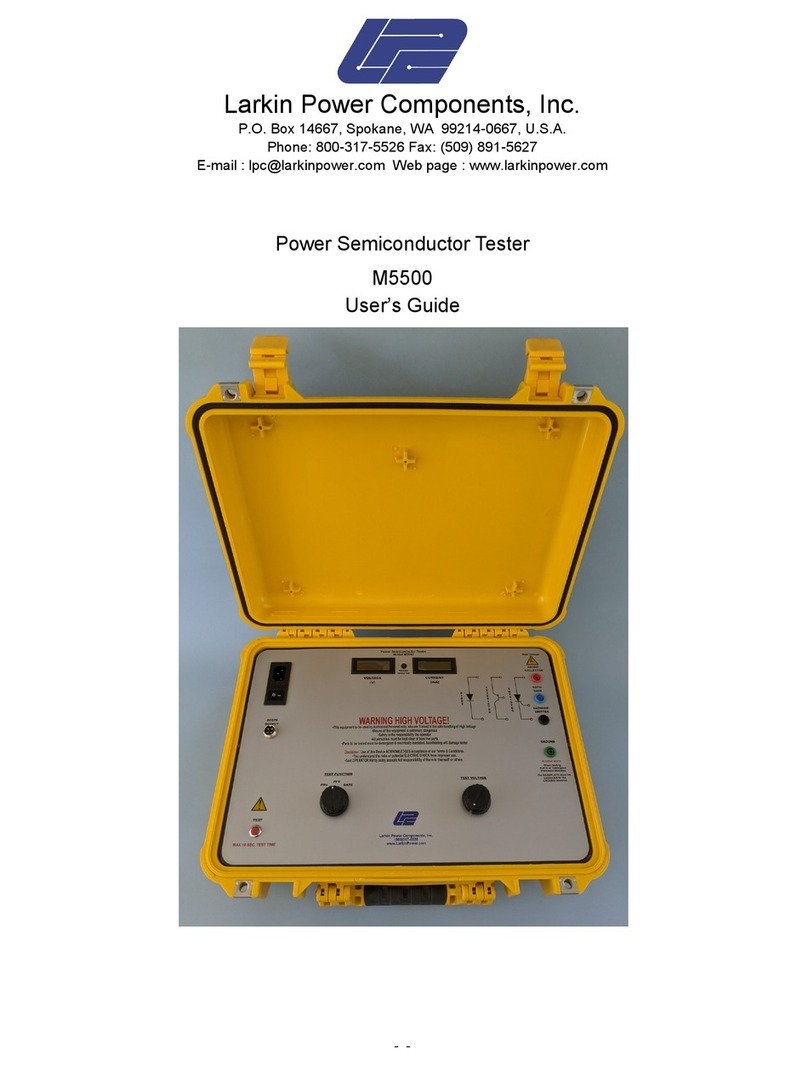
Spare Dry Contact Connections: Two spare dry contacts with normally open and normally closed connections,
C2, NC2, NO2 and C3, NC3, NO3. Contacts are provided for activation of building alarm, horn strobe, etc. Up to
120V 15A power may be connected to C2 and/or C3 for activation or de-activation of auxiliary controls in Fire
Mode. The NC2 and NO2 terminals will have whatever voltage has been connected to C2. The NC3 and NO3
terminals will have whatever voltage has been connected to C3. In Fire Mode, NC2 and NC3 contacts will open and
no longer have the connected power through these terminals for “Off in Fire”. At the same time, NO2 and NO3 will
close in Fire Mode supplying the connected voltage to those terminals for “On in Fire”.
Installation Check List
Is control box mounted next to the exhaust hood(s) it controls (See Pg. 2)?
Are two separate circuits (120VAC 15AMP control and 120VAC 15AMP hood lights) connected from breaker panel
to Control Box per NEC (See Pg. 5)?
Are hood lights connected from the Control Box to the hood light junction box per NEC (See Pg. 5)?
Are hood sensor(s) connected from hood(s) to Control Box (One sensor per hood or hood section)? Check dip
switch position (See page 6 & 7).
Is there a Micro-Switch wired to the Control Box from the fire system (See Pg. 7)? Warning: Do not apply voltage
through Micro-Switch. This WILL cause damage to the control board.
Is input power of proper Phase and Voltage from the breaker panel connected to each starter or contactor terminals
L1, L2 (1 Phase) or L1, L2, L3, (3 Phase) per NEC in the Control Box (See Pg. 8)?
Is output power from starter or contactor terminals T1, T2 (1 Ph) or T1, T2, and T3 (3 Ph) in the Control Box
connected to the proper fan(s) on the roof (Exhaust to Exhaust, Supply to Supply) per NEC (See Pg. 8)?




























